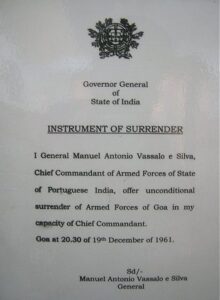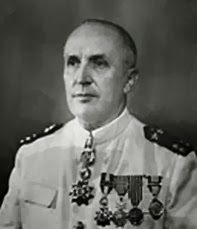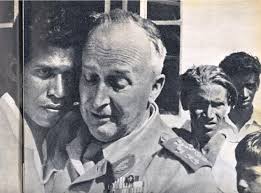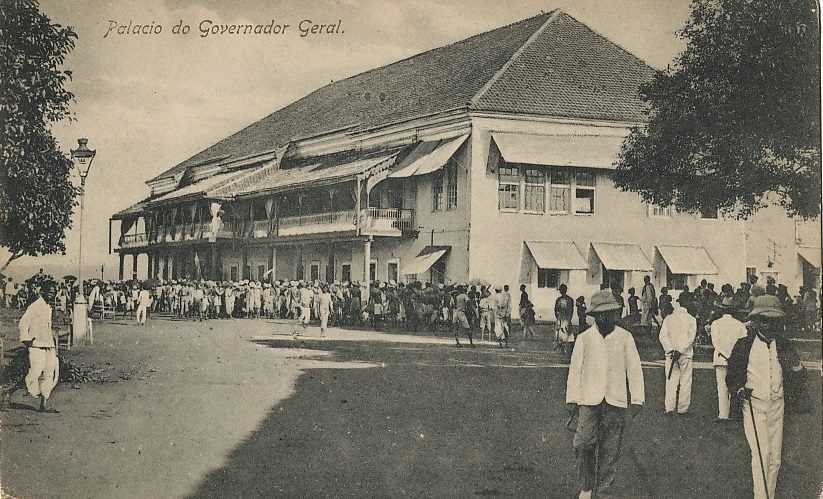
A framed document is hung in the Goa State Museum. It was a simple piece of paper but what mattered more than the quality of the paper were the words written on it. The paper turned over a new chapter in Goa’s history. Signed by Manuel António Vassalo e Silva, it was the ‘Instrument of Surrender’ of Goa being handed over to India unconditionally. Along with Goa, other Portuguese territories in India were handed over too.
Moral dilemma faced by the 128th Governor-General of Portuguese India

The Governor-General was given clear directions by Portugal’s dictator at the time António de Oliveira Salazar to fight till the last man. They were also ordered to destroy all the Portuguese heritage structures not used for military purposes in Goa.
The churches in Old Goa were surrounded by mines while the exposition of St. Francis Xavier was going on. In fact, the relics of St. Francis Xavier were ordered to be moved out of Goa by the dictator. The governor-General stood at a cross road. He could either follow the orders of his leader and destroy Goa or he could defy the dictator’s order and end up saving Goa.
December 17-19: Two crucial days
On December 17, 1961, Governor-General Manuel António Vassalo e Silva was addressing a function in the Vasco Da Gama (now renamed Menezes Braganza) hall in Panaji. The fuction was being held in the evening. At the function he was secretly informed that the Indian army had surrounded Goa. Without hinting any panic or worry, Vassalo e Silva continued with the teacher’s event. It was now the Governor-General’s decision that decided the faith of Goa.
Odds were stacked against the Portuguese
Goa had been under a blockade from India since the mid-50s. Hence, it was difficult to move military equipement to Goa from Portugal. Only way to defend Goa was to delay the Indian army’s advance and bring international diplomatic pressure on India to stop the forced takeover of the Portuguese provinces.
After putting up brief resistance of two days. The Governor-General realised the futility of defending Goa with only 3,000-4,000 troops against an Indian army of 45,000. The Indian army was backed by the Indian Navy and the Indian Air Force.
Crucial decision
As defeat began to appear on the horizon for the Portuguese rule in India. Vassalo e Silva decided not to follow the orders of dictator Salazar. He surrendered Goa as it is except for a few broken bridges which were destroyed to slow down the enemy. On being asked why he didn’t move the body of St. Francis Xavier out of Goa?
He replied, “…I had enough consideration for the morale of the Indian troops not to disrespect the Saint. Also, the morale of the Goans would have sunk if the body had been removed from Goa. But most important, if the Saint himself was posed this question, he would have certainly objected to his body being taken to Portugal,” (Source: interview published on India today)
His decision to surrender and not follow orders from dictator Salazar not only saved the lives of thousands of soldiers but also the much cherished Portuguese heritage structures that survive today. Even though he was ordered by the dictator to destroy all the heritage buildings. (To understand the context of the crucial decision, imagine Old Goa without the Basilica of Bom Jesus)
The final hour
On the evening of December 19, 1961, General Manuel António Vassalo e Silva in the capacity of Chief Commandant of Armed Forces of State of Portuguese India signed the Instrument of surrender. Bringing end to uncertainty over how the invasion would end.
Court martial and exile
On his return to Portugal, Vassalo e Silva faced harsh criticism for his decisions in Goa. He was stripped of his rank in the army, denied his pension and exiled. Vassalo e Silva recounted those years in an interview.
“I submitted my report to the Government. But I was shocked to hear on the radio that I had been dismissed from the service. I was not even given an opportunity to plead my case. I remained in the wilderness for over 12 years during which I and my family members suffered considerably. It was only after April Revolution (in 1974) that the new regime reinstated me with full honour,” he was quoted. (Source: interview published on India today)
Visit to Goa in 1980

Vassalo e Silva was invited to Goa on a state visit in 1980 by the Indian government to celebrate the 400th birth anniversary of luis camões (a great Portuguese poet who lived in Goa). There was a demonstration against his visit to Goa but over all; the former Governor-General enjoyed good will of Goans and was welcomed by large cheering crowds.
He took this opportunity to meet with his former staff, that had served under him when he was the Governor-General of Goa. His visit was considered to be a successful in promoting the Indo-Portuguese ties.
His opinion on Goa’s liberation
“(T)he liberation of Goa was in the interest of Goans. Though Portugal ruled Goa for 450 years, this territory had always remained a part and parcel of India, irrespective of some people who might feel otherwise. It was also in the interest of Portugal that Goa should go back to the hands of Goans” he was quoted in an interview.
As the last Governor-General of Portuguese India. Vassalo e Silva had witnessed the dramatic end to the Portuguese rule in its provinces (colonies) in India. In some places in Goa, the rule had stretched for more than 450 years. It is rarely in the pages of history do we find courageous men such as Vassalo e Silva, who would risk to their lives to bring peace to others.
Save
Save
Save
Save
Save
Save


